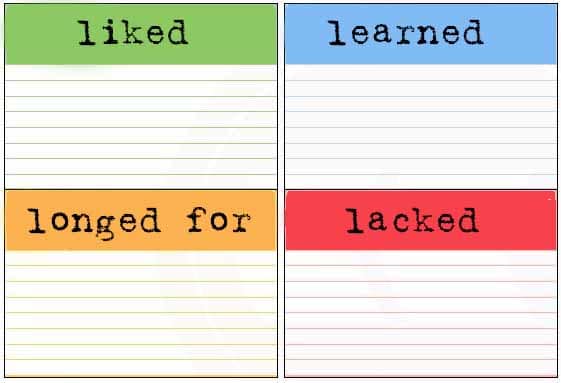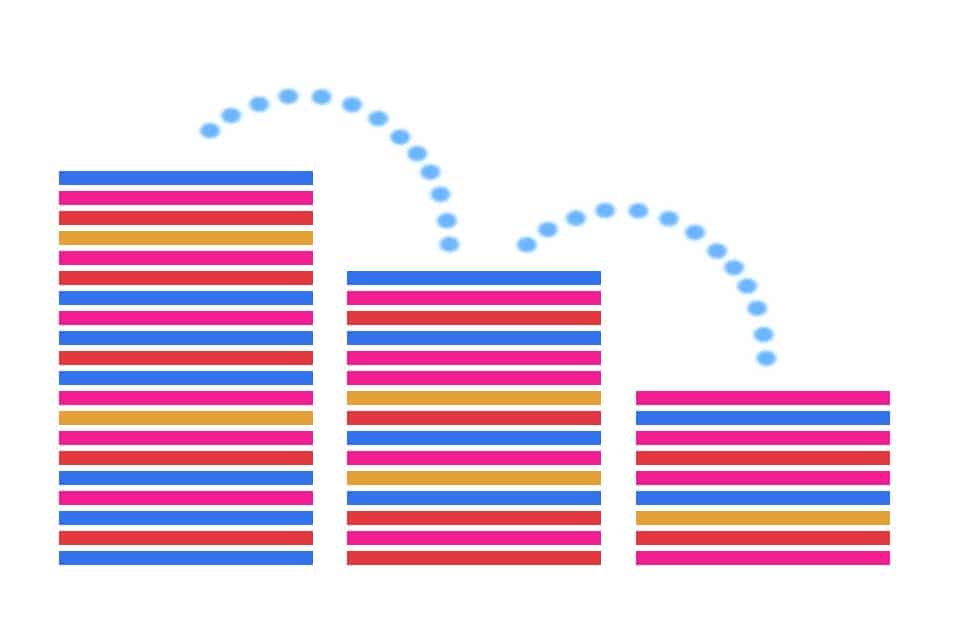What is the 4L Retrospective?
Smartpedia: The 4L retrospective is a variant of the review of a Scrum team. The 4L stand for Liked, Learned, Lacked and Longed For.
Liked, Learned, Longed For and Lacked
A retrospective in Scrum is a meeting in which the development team reflects on processes, tools, skills, relationships, challenges and experiences after a sprint. The 4L Retrospective is a variant of this review.
4L stands for:
- Liked: What did the team really enjoy about the sprint? In particular, what worked better than expected?
- Learned: What new things did the team learn during the sprint? These can be technical or organizational aspects.
- Longed For: What things did the team want to have during the sprint that weren’t available? These can also be technical aspects such as additional licenses for a certain software or non-technical aspects such as more regular communication with the product owner.
- Lacked: What things could the team have done better in the sprint? What was missing in the sprint?
Tips for performing the 4L Retrospective
There are a number of tips for conducting a 4L retrospective:
- Like all retrospectives, the 4L retrospective should also be conducted using a timebox. The length of the timebox is determined by the size of the team and the duration of the sprint or iteration.
- After collecting the relevant points, they are grouped, discussed, evaluated and implemented accordingly in the next sprint.
- Even though the current Scrum Guide 2020, in contrast to its predecessor, no longer actively recommends including the result of the retrospective in the backlog, this is often a sensible measure.
In principle, the 4L retrospective is easy for the moderator to conduct and easy for the participants to understand. Due to this simplicity, it is very popular and frequently used. In addition, the simple structure enables constructive feedback to be collected, which highlights both positive and negative aspects and helps to promote continuous improvement in the team. Therefore, the 4L retrospective is seen as particularly useful, especially because it focuses not only on problems, but also on what worked well and what the team learnt.
Impulse to discuss
Do you think the 4L Retro is more suitable for generating ideas than other formats?
Notes:
If you like the article or would like to discuss it, please feel free to share it in your network. And if you have any comments, please do not hesitate to send us a message.
How can teams use data science in retrospectives?
Here you can download a free retrospective guide.
Here you can find a 4L Retrospective Template for Miro.
And here you will find additional information from our Smartpedia section:



